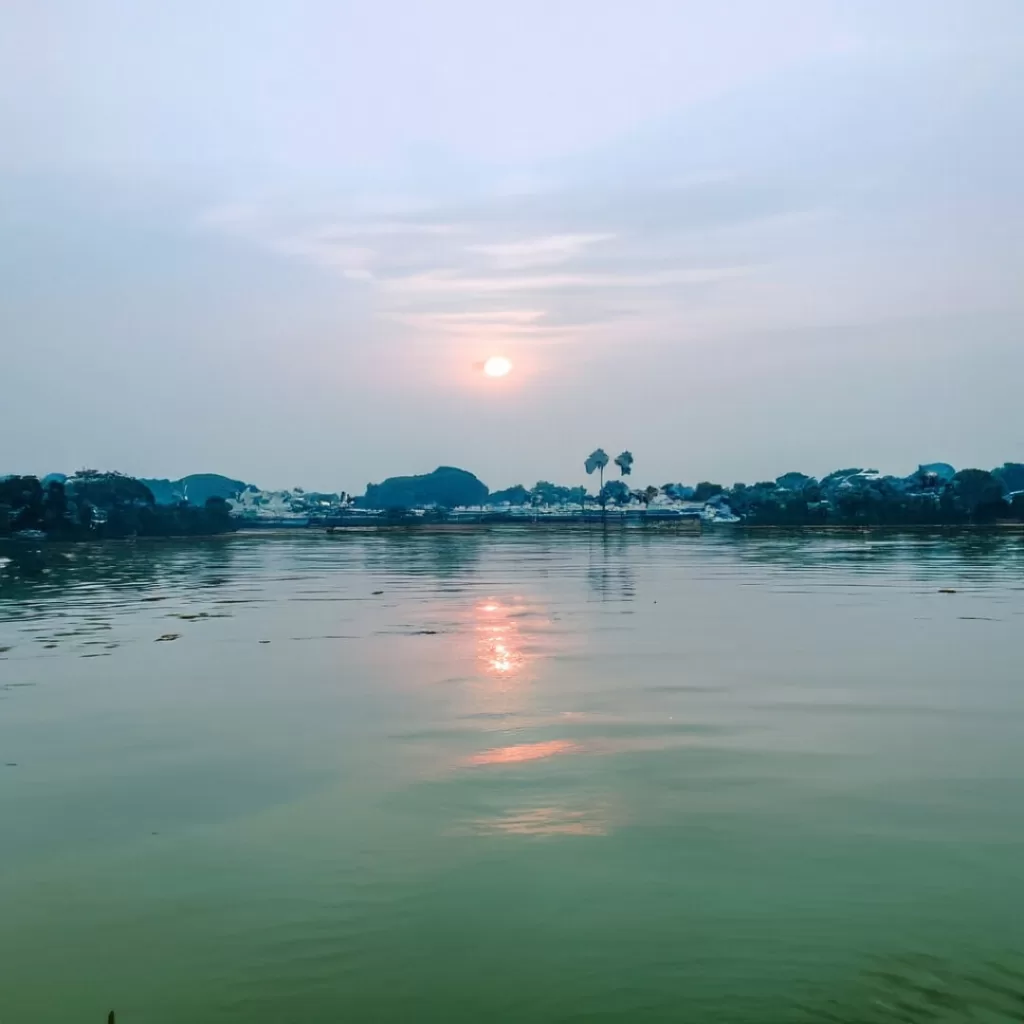Guwahati, the largest city in the northeastern state of Assam, India, is known for its rich cultural heritage, breathtaking landscapes, and diverse wildlife. To truly experience and enjoy all that this city has to offer, it is essential to understand the unique weather patterns that shape the region. In this article, we will explore the Guwahati weather in detail, including seasonal variations, average temperatures, rainfall patterns, and more.
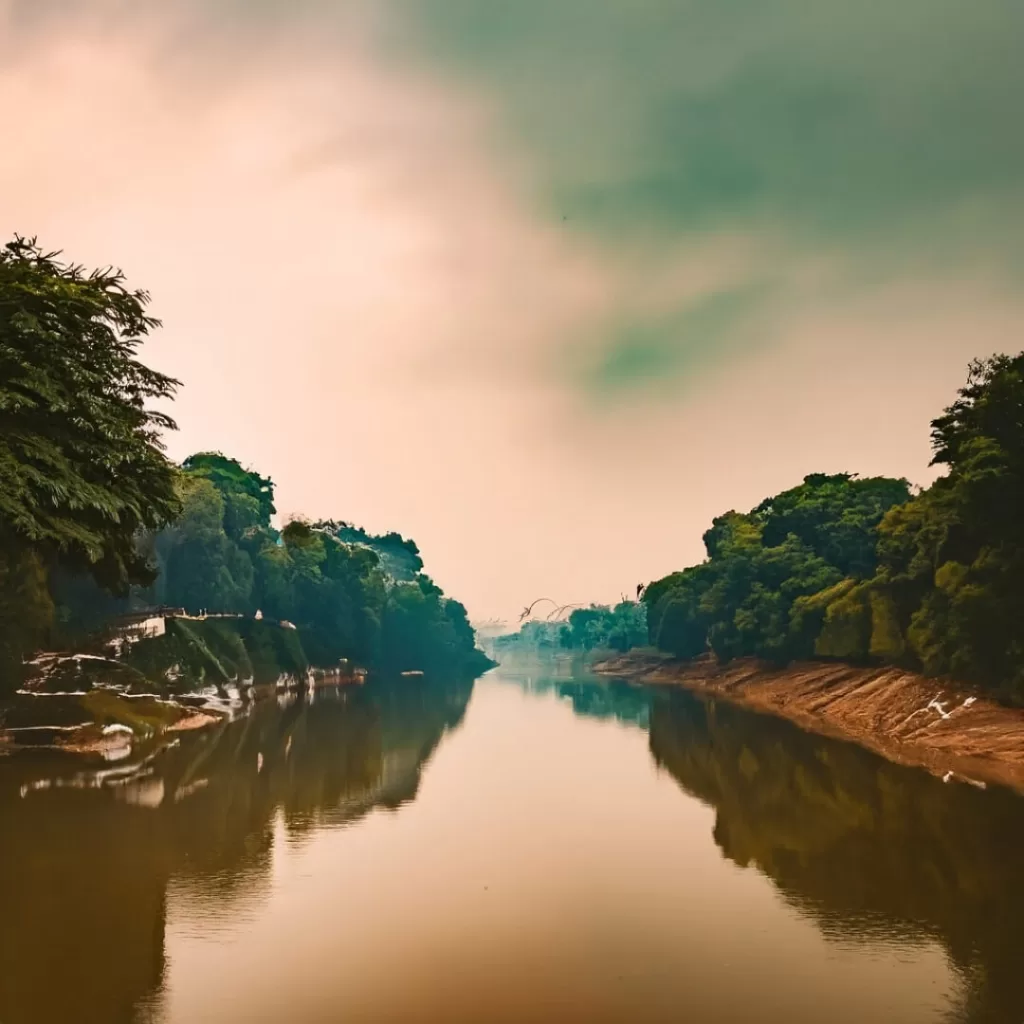
Understanding the Climate of Guwahati
Guwahati experiences a humid subtropical climate influenced by its location in the foothills of the eastern Himalayas. The city lies in a valley surrounded by hills, which significantly impacts its weather patterns. The Brahmaputra River flows through Guwahati, further contributing to its unique climate.
Seasonal Variations in Guwahati Weather
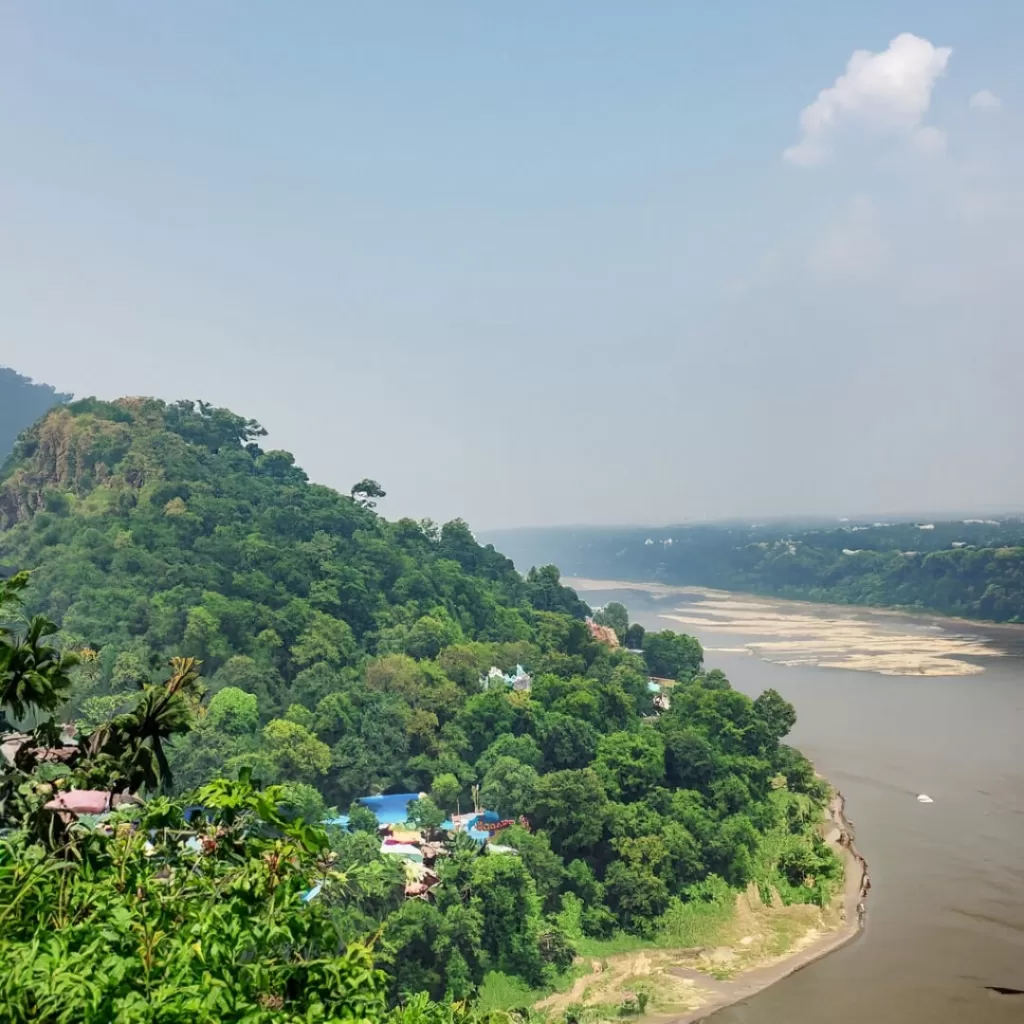
Guwahati witnesses four distinct seasons: winter, spring, summer, and monsoon. Each season brings its own charm and character to the city, attracting visitors from far and wide.
1 Winter (December to February)
Winter in Guwahati is generally mild and pleasant. The temperature ranges between 10°C to 20°C (50°F to 68°F). It is the best time to explore the city’s cultural heritage, indulge in local cuisine, and witness the famous Bihu festival.
2 Spring (March to April)
Spring ushers in a vibrant transformation in Guwahati. The weather becomes milder, and the city is adorned with colorful flowers. Average temperatures range from 15°C to 25°C (59°F to 77°F), making it an ideal time for outdoor activities and exploring the nearby wildlife sanctuaries.
3 Summer (May to June)
Summer in Guwahati is hot and humid, with temperatures ranging from 25°C to 35°C (77°F to 95°F). It is a great time to visit the lush tea gardens and enjoy refreshing river cruises. It is advisable to carry lightweight and breathable clothing during this season.
4 Monsoon (July to September)
Monsoon brings heavy rainfall to Guwahati, transforming the city into a lush green paradise. The average rainfall during this season is around 1,500mm (59 inches). The Brahmaputra River swells, and the nearby hills become even more picturesque. It is recommended to carry an umbrella or raincoat when exploring the city during the monsoon.
Average Temperatures throughout the Year
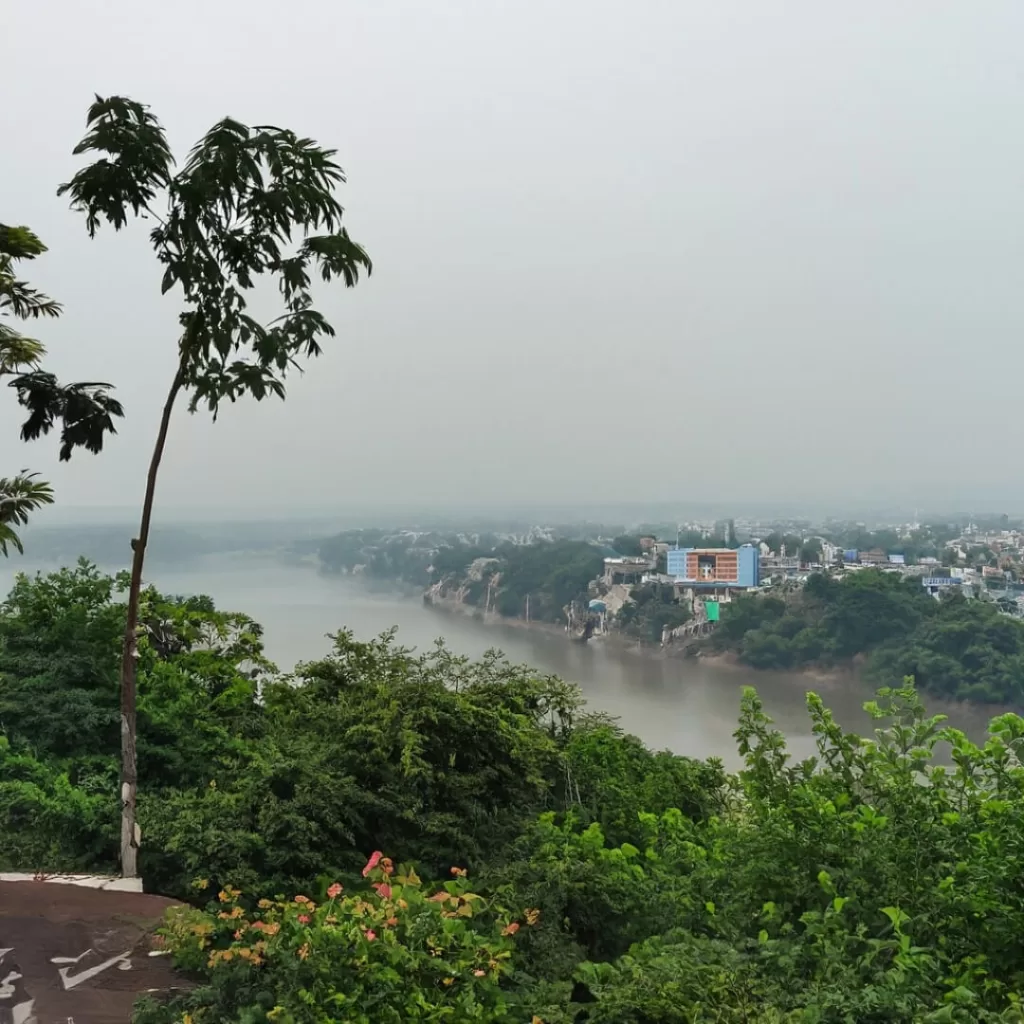
Guwahati experiences moderate temperatures throughout the year, with the average annual temperature ranging from 20°C to 30°C (68°F to 86°F). The winters are mild, summers are warm, and monsoons are characterized by cooler temperatures due to the heavy rainfall.
Rainfall Patterns and Monsoons in Guwahati
Guwahati receives a significant amount of rainfall during the monsoon season. The city experiences heavy showers from July to September, with occasional rainfall in other months as well. The monsoon season brings much-needed relief from the scorching summer heat and replenishes the water bodies, making it a crucial period for the local agriculture and wildlife.
Impact of Geography on Guwahati’s Weather
The geographical features surrounding Guwahati greatly influence its weather. The city’s location in the Brahmaputra Valley and its proximity to the Himalayas result in a diverse climate. The hills surrounding Guwahati act as natural barriers, protecting the city from extreme weather conditions.
Exploring Extreme Weather Events
While Guwahati generally experiences pleasant weather, it is not entirely immune to extreme weather events. Occasional heavy rains, thunderstorms, and foggy conditions can occur, impacting daily life and travel. It is essential to stay updated with local weather forecasts and take necessary precautions during such events.
The Best Time to Visit Guwahati
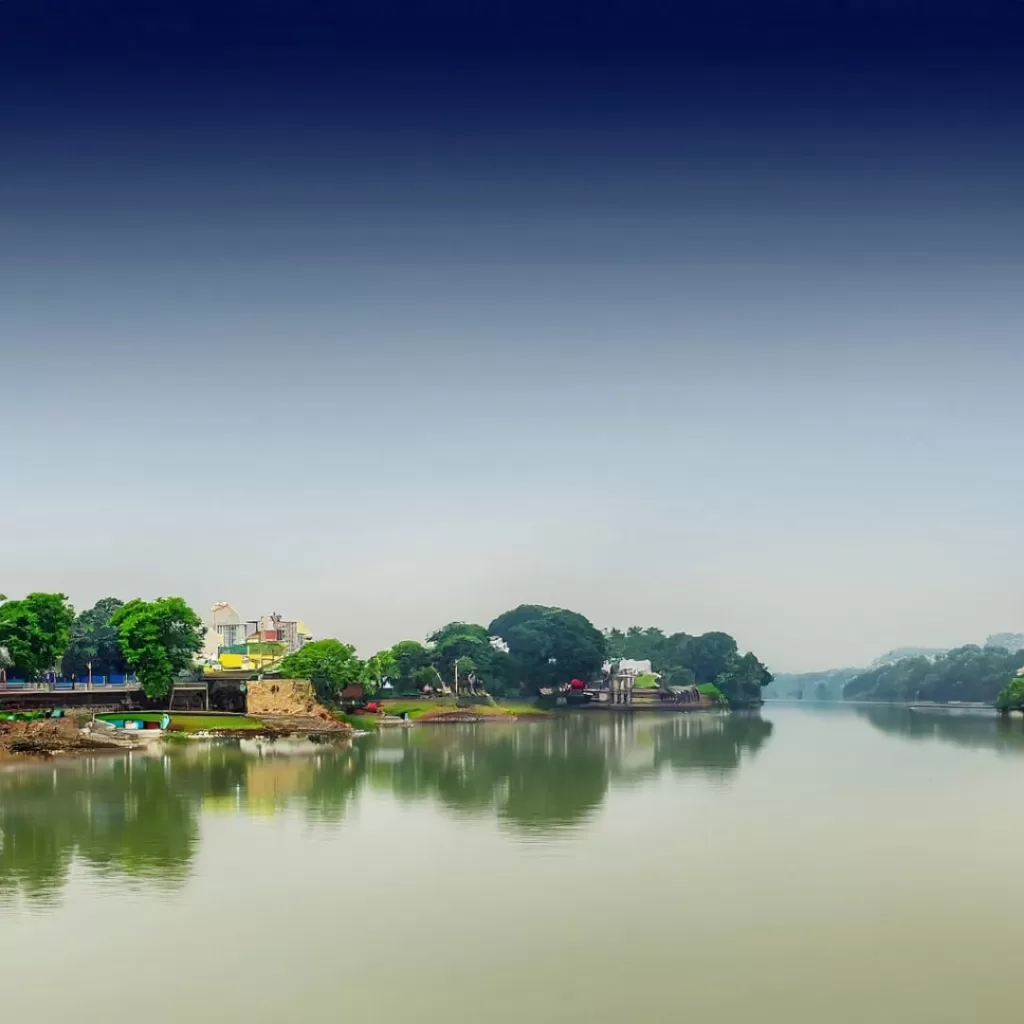
The ideal time to visit Guwahati is during the winter and spring seasons, from December to April. The weather is comfortable, and the city comes alive with various festivals and cultural celebrations. It is advisable to plan your visit in advance, especially if you want to witness the Bihu festival, which is held in April.
Tips for Dressing and Packing Accordingly
When visiting Guwahati, it is crucial to pack suitable clothing to match the prevailing weather conditions. Here are some tips for dressing appropriately:
- Winter: Layered clothing, light jackets, and sweaters.
- Spring: Light and breathable clothing, comfortable footwear.
- Summer: Lightweight and loose-fitting clothes, hats, sunglasses, and sunscreen.
- Monsoon: Raincoats, waterproof shoes, and umbrellas.
Weather-Related Activities in Guwahati
Guwahati’s diverse weather offers a range of activities for visitors to enjoy. Some popular weather-related activities include:
- River cruises on the Brahmaputra River.
- Exploring wildlife sanctuaries and national parks.
- Tea garden tours.
- Visiting ancient temples and cultural sites.
Safety Precautions During Unfavorable Weather
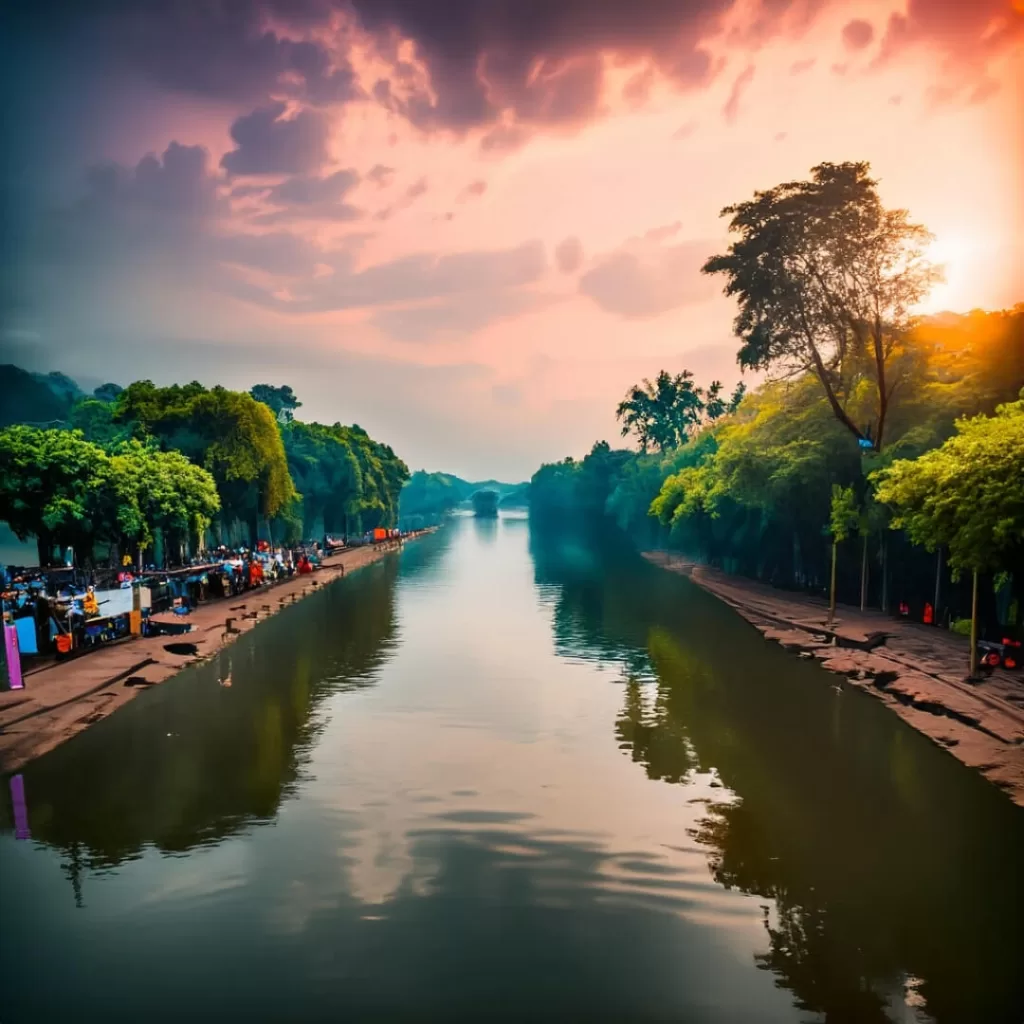
In case of unfavorable weather conditions, it is important to prioritize safety. Here are some essential safety precautions to consider:
- Stay updated with local weather forecasts.
- Avoid venturing out during heavy rains or thunderstorms.
- Follow instructions from local authorities.
- Carry necessary safety gear, such as umbrellas and raincoats.
Guwahati Weather and its Effects on Wildlife
The unique climate of Guwahati plays a vital role in shaping its diverse wildlife. The region is home to various species of animals, birds, and plants. The monsoon season provides abundant water and vegetation, attracting migratory birds and supporting the growth of rich flora and fauna.
Climate Change and its Impact on Guwahati’s Weather

Like many other regions across the globe, Guwahati is also witnessing the impact of climate change. The changing weather patterns, increased intensity of rainfall, and rising temperatures pose challenges for the city’s infrastructure, ecosystems, and communities. Efforts are being made to raise awareness and take measures to mitigate these effects.
Local Weather Forecasting and Resources
To stay updated with the latest weather forecasts for Guwahati, several resources are available, including:
- Local meteorological departments.
- Weather apps and websites.
- News channels and publications.
Tips for Weather-Proofing Your Travel Plans
When planning a trip to Guwahati, it is essential to consider weather conditions. Here are some tips for weather-proofing your travel plans:
- Check the weather forecast before finalizing your itinerary.
- Be flexible with your plans and have backup options.
- Pack appropriate clothing and accessories.
- Consult local guides or experts for weather-related advice.
Conclusion
Guwahati’s weather is a beautiful blend of subtropical elements, diverse seasons, and unique geographical influences. Understanding the climate patterns allows visitors to make the most of their time in this enchanting city. From exploring cultural festivals to immersing in wildlife adventures, Guwahati has something to offer for every weather enthusiast.
FAQs
1. What’s the best time to visit Guwahati for pleasant weather?
If you’re chasing perfect weather, plan your Guwahati trip between October and March. The air is cool, the skies are mostly clear, and the temperatures are just right—not too hot, not too cold. Perfect for sightseeing without sweating buckets or shivering.
2. Does Guwahati experience heavy rainfall?
Oh yes, Guwahati gets its fair share of downpours, especially during the monsoon months from June to September. So, if you’re not a fan of umbrellas and soggy shoes, you might want to steer clear of this season.
3. How hot does Guwahati get in the summer?
Summers here (April to June) can get pretty toasty. Think temperatures hovering around 30°C to 38°C (86°F to 100°F). Not unbearable, but definitely sunscreen-and-hydration weather.
4. Is Guwahati prone to fog in winter?
A little, yes. Winters are mostly mild, but early mornings and late evenings in December and January can bring in a light mist or fog. It actually adds a calm, cozy vibe to the city—great for those warm cups of chai.
5. What should I pack for a Guwahati trip?
It depends on when you’re visiting!
-
Winter (Oct–Feb): Light jackets, comfy full sleeves, and maybe a shawl.
-
Summer (Mar–Jun): Breathable cotton clothes, a hat, and sunscreen.
-
Monsoon (Jul–Sep): Raincoat or umbrella, quick-dry clothes, and waterproof shoes.

